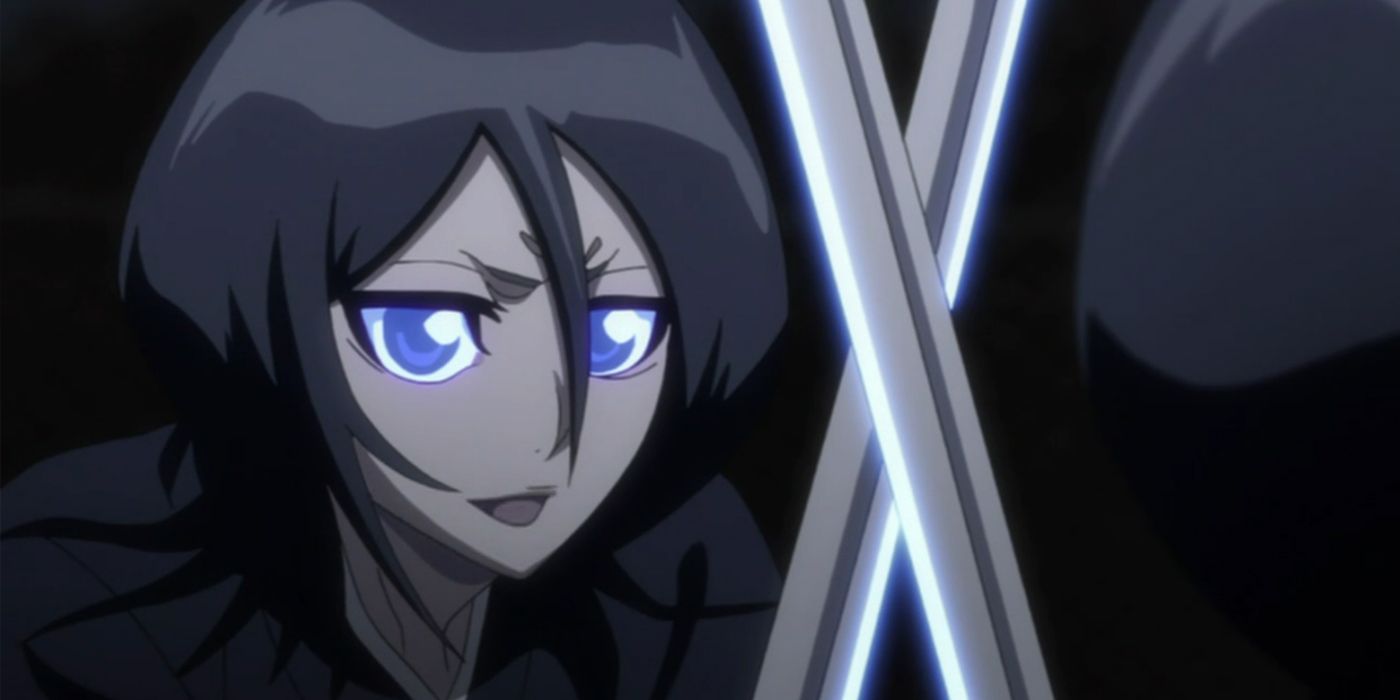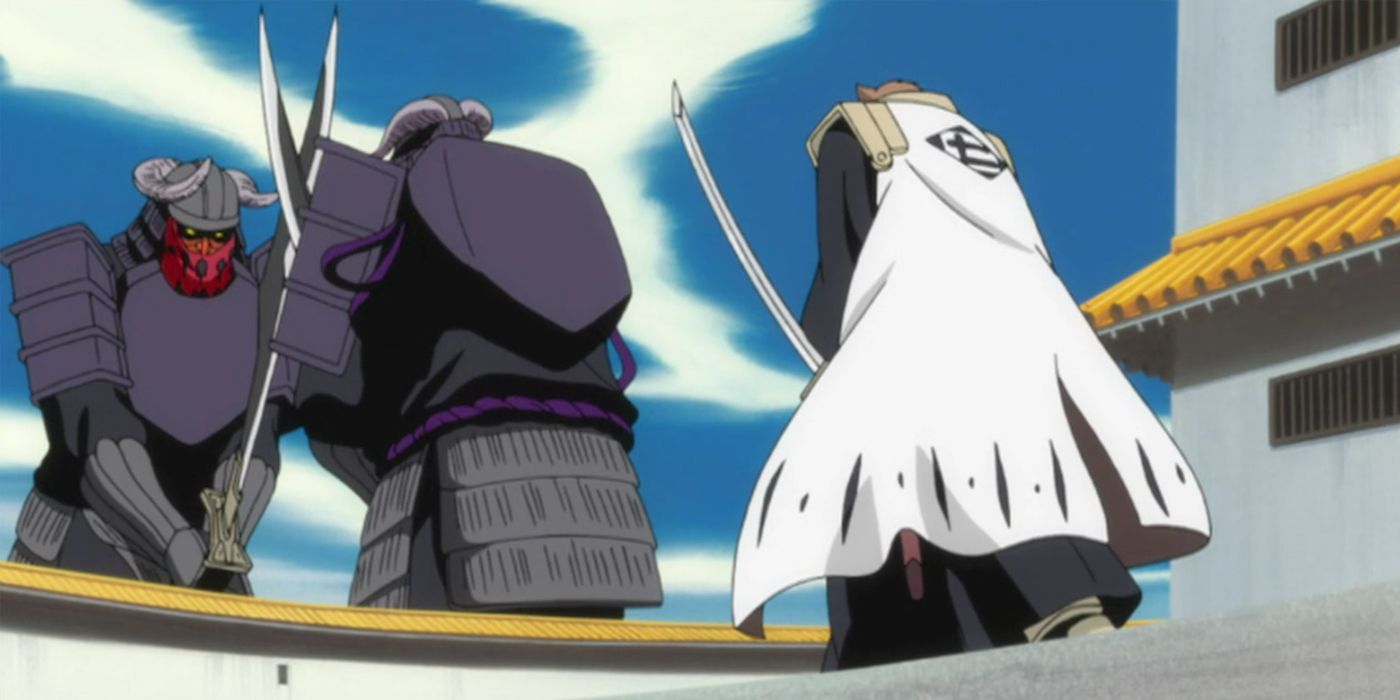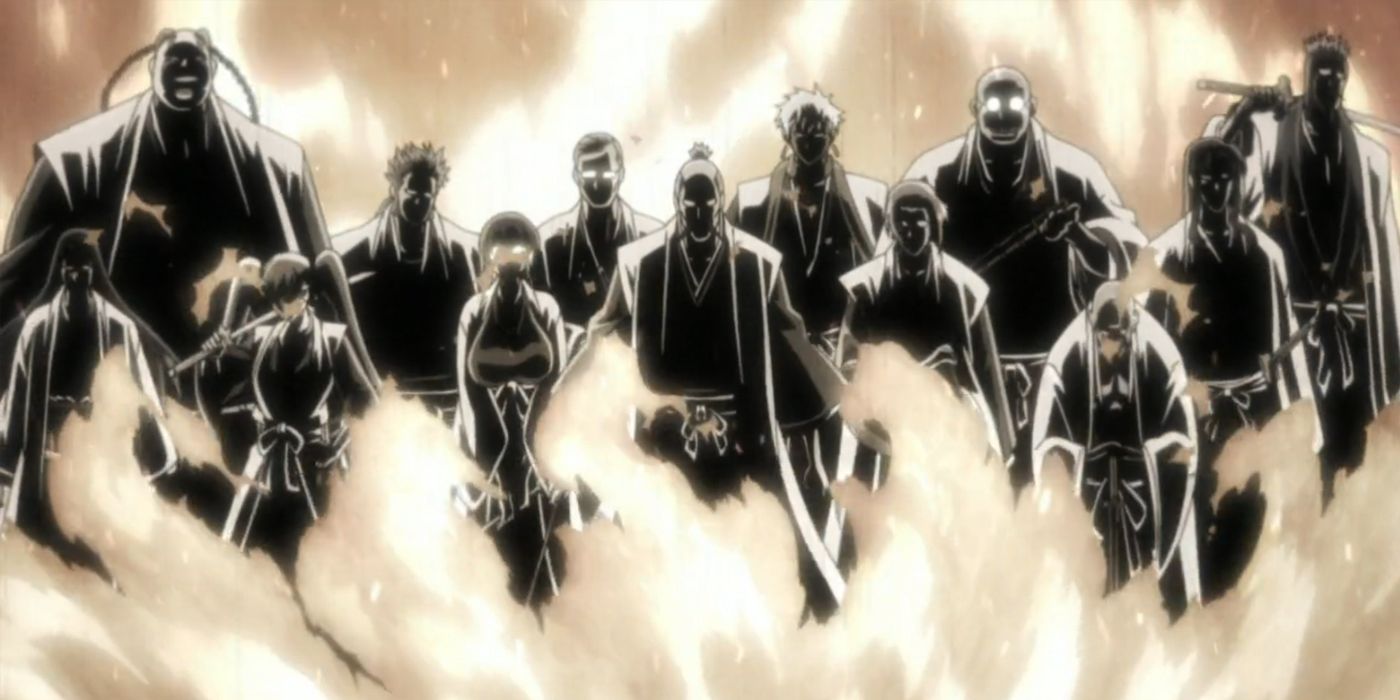Summary
- The Reigai Uprising arc is the last filler arc of the original Bleach anime, airing when the show's popularity was waning.
- The arc introduces the Reigai, artificial bodies that can use the abilities of the original Soul Reapers, creating dangerous copies of the Captains.
- The arc provides unique match-ups and reveals how Captains deal with each other's abilities, offering a valuable insight for fans interested in hypothetical fights.
The Bleach anime has quite a lot of filler arcs towards the end, which many fans didn't appreciate. However, these filler arcs can still be interesting sometimes--take, for example, the Reigai Uprising arc, which forced Soul Reapers to face off with the deadliest opponents: themselves.
The Reigai Uprising arc was the second to last arc of the original Bleach anime, with the last being the most hated manga storyline, the Fullbringer arc. That also makes it the last filler arc, airing at a time when the show's popularity was waning. As such, many otherwise dedicated Bleach fans aren't all that familiar with this storyline. Despite the low regard for filler, though, the Reigai Uprising has some interesting elements to it that might make it worth checking out for those hungry for more Bleach.
The Reigai Uprising: Soul Reapers vs. Themselves
In the story arc, Reigai are artificial bodies constructed from spirit particles, very similar to the Gigai which Rukia often used to blend in with the humans after losing her Soul Reaper powers early on. While Gigai are meant to exist in the World of the Living, though, the Reigai are almost the opposite, designed to help Mod Souls and other such beings manifest physically in the Soul Society. Rukia and Ichigo are arrested upon entering the Soul Society, believed to be responsible for Soul Reaper disappearances occurring between the World of the Living and the Soul Society, in a place known as the Dangai precipice world. Yoruichi breaks them out and reveals that the Captains and Lieutenants of the 13 Court Guard Squads are being replaced by Reigai duplicates, meaning they can no longer trust anyone in the Soul Society until this problem is solved.
Due to the way that the Reigai's creator, Kageroza Inaba, can use his power, these Reigai duplicates are able to use the abilities of the original as well, including Bankai, making copies of Captains extremely dangerous. He wasn't just limited to one duplicate, either; Inaba actually created two of some characters like Momo Hinamori, with the explicit intent of confusing challengers as to thinking one might be real.
The arc thus pits characters against duplicates of themselves and of other characters, leading to match-ups not seen elsewhere in the series. For those who like to speculate on "who would win" in a fight, the arc is invaluable, as it reveals how Captains deal with each other's abilities and use their own to seize the upper hand.
The Reigai Uprising is a fairly interesting take on the old "body snatcher" plot, even if it ends up hitting a lot of the Bleach anime's bad habits, like taking away Ichigo's powers and making him an enemy of the Soul Society once again. While it's unquestionably filler, even filler can have value at times, and this arc offers a unique look at Bleach's Soul Reaper Captains as they clash with lookalikes that can mirror their power.



